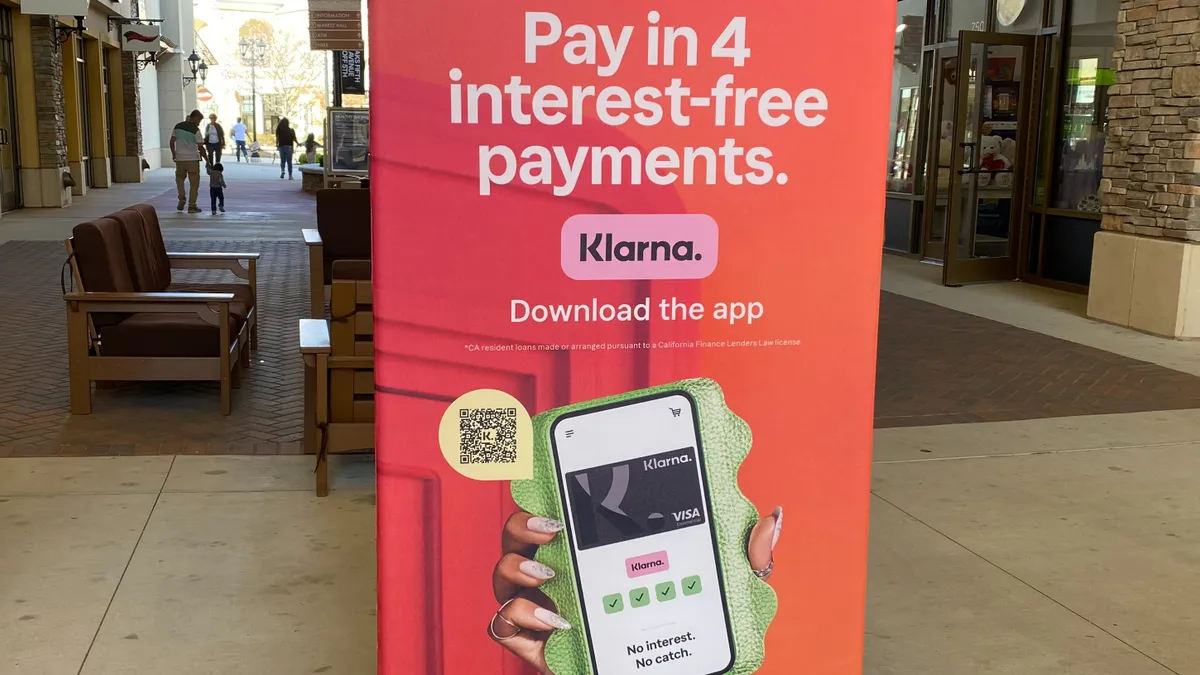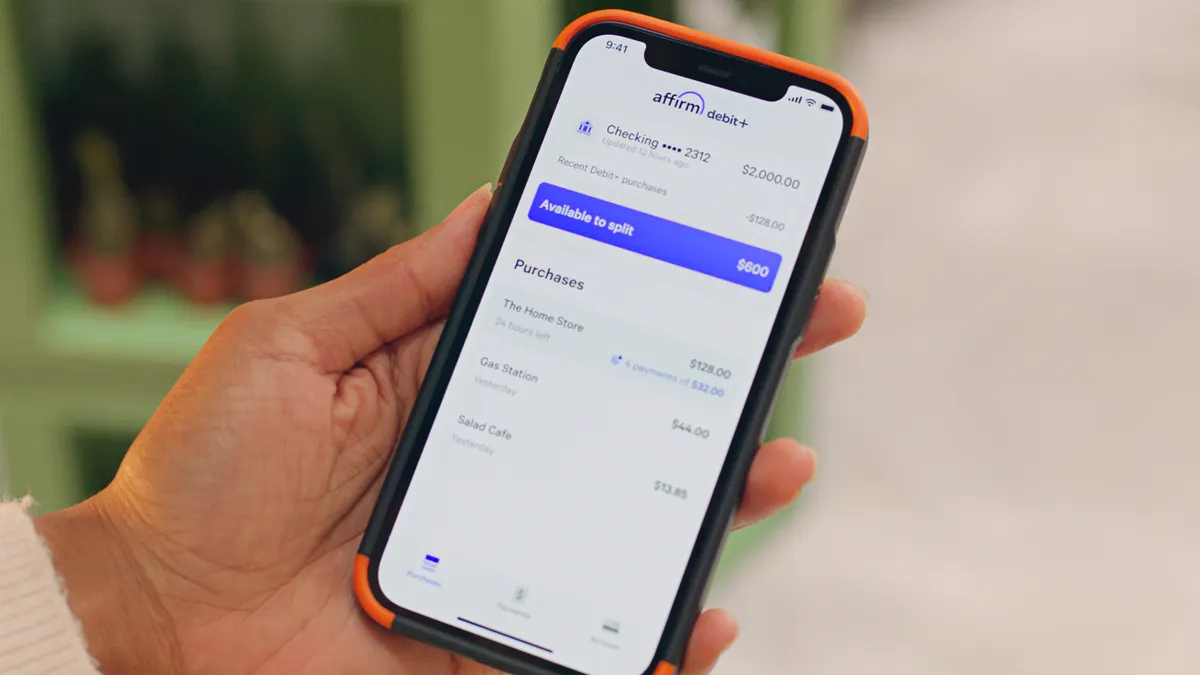Cross-border payments are usually criticized for high cost, low speed, limited availability to households and businesses and insufficient transparency, but recent technological advances could help mitigate those issues, a July 9 BIS [Bank for International Settlement] report said.
The report, entitled "Central bank digital currencies for cross-border payments," was published in collaboration with the International Monetary Fund [IMF] and the World Bank’s committee on payments and market infrastructures [CPMI]. It was prepared for the G20 group of nations' forum.
The growing demand for digital payments, coupled with their increased ease of usage thanks to technology, has led to a change in consumer payment habits and expectations, the report stated.
Designing interoperable central bank digital currencies [CBDCs] from different jurisdictions can reduce “costly and lengthy intermediation chains throughout the payment process,” the report stated.
The current corresponding banking model, which hasn’t been modified in nearly 30 years, has a "multistep process with inherent issues that create friction in the process," according to Aite research.
Interoperability of CBDCs would allow users in different jurisdictions to “conduct, clear and settle payments or financial transactions” across different jurisdictions without participating in multiple systems, the report stated. The report recommended that central banks and financial institutions establish common standards and international payment infrastructures to achieve interoperability of CBDCs.
Developing a CBDC system has advantages over efforts spent on improving the existing payments infrastructure and “problems inherent in today’s legacy technologies and processes could be avoided,” the report stated. "One key difference between CBDCs and the efforts of improving the existing payments infrastructure is the opportunity to start with a `clean slate.'"
Two types of CBDCs
The BIS report envisioned two different possible ways of using CBDCs for cross-border payments. In one approach, "retail" CBDCs would become available for use irrespective of jurisdictions and “no specific coordination between the issuing central banks,” but that would raise sticky questions regarding anonymity, the report explained.
CPMI surveyed 50 central banks (18 in developed economies and 32 in developing economies) in early 2021 and found that "more than 25%" of central banks are considering a retail CBDC that could be used by non-residents, but "nearly 20% say that they are not yet considering this, but may do so in the future,” the report stated.
Just 8% of the central banks are “considering allowing the use of a domestically issued retail CBDC in other jurisdictions,” while “about a third may do so in the future,” the report stated.
In the second approach, central banks and financial institutions would coordinate and cooperate with each other in the design and operation of CBDCs. In this approach, design frameworks, market structure and legal aspects will be coordinated among central banks across the globe to create a system that isn’t fragmented through unique sets of regulations for different jurisdictions.
A CBDC developed with interoperability among central banks and financial institutions would have better functionality, use cases and might be beneficial to making cross-border payments faster, Vice President and Principal Analyst at Forrester Research Martha Bennett said during an interview.
Race to create digital currencies
When creating new currencies, central Banks have an obligation to provide people with a payment instrument that is universally acceptable and accessible to citizens, Bennett said.
In some countries, such as Sweden, consumers have decreased their use of cash and governments seek to provide digital currency for citizens. Other countries have turned to CBDCs, including in the Bahamas, where the ‘Sand Dollars’ was issued last October to tackle the increasing difficulty residents have accessing cash, Bennett said.
China also is pushing forward with a CBDC this year, launching the digital Yuan, its own digital currency. The country is in the process of rolling out the new digital Yuan to many of its citizens. Yesterday, China gave away nearly $41 million in the new currency to its citizens to speed up its adoption.
Meanwhile, U.S. regulators have said that they will release a white paper this summer to kick-start the conversation about the possibility of a U.S. CBDC. Countries like Japan, France, Singapore and Ghana among many others that have announced plans to develop their own CBDC.
Nonetheless, digital currencies come with strings attached. Digital currencies can be used for illegal money- laundering operations, have associated cyber risks and can create hurdles in managing monetary policies if not designed with interoperability in mind, the report stated. If not designed properly, CBDCs can also create problems for the fractional reserve banking system, Bennett said.
“There are clearly technology risks around all this, but there are also wider risks,” Bennett said. “That's why I appreciate the cautious approach the United States is taking, because they understand from the Federal Reserve perspective what is at stake.”
The international financial organizations that wrote the report said they are calling on central banks to come together to create a CBDC design that isn’t as fragmented as the current cross-border payment system.





















